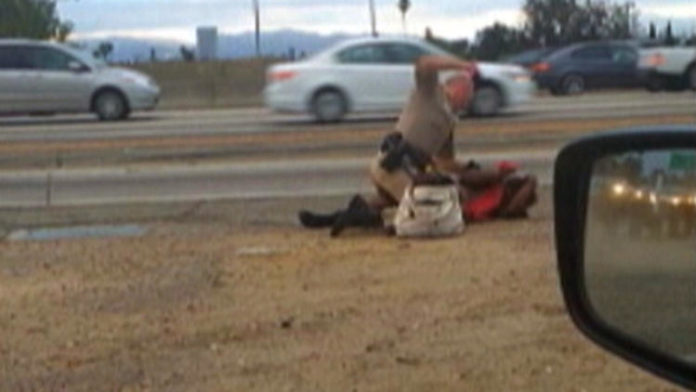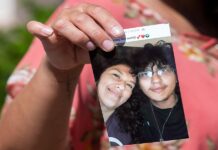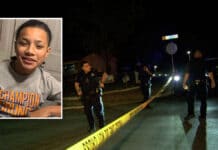
It should really come as no surprise that the Los Angeles District Attorney declined to file charges against the California Highway Patrol Officer Daniel Andrew, for his beating of Marlene Pinnock. Pinoock, a fifty-one year old great grandmother, was captured on video being repeatedly punched in the face by Andrew. The forty second video shows Pinnock walking on a multi lane highway being pursued by Andrew. He confronts her, grabs her and a struggle ensued. Pinnock is then thrown to the ground and mounted by Andrew who proceeds to deliver a series of strikes and elbows. What behavior could have triggered this in Officer Andrew is unclear. His resignation and the city’s 1.5 million dollar settlement paints a troubling picture. The decision not to prosecute is not always a cover up, however, sometimes the DA knows that proof beyond a reasonable doubt is an uphill battle. Even if video is available, it can be a challenge to unravel a cop’s legal articulation in court.
Cops take advantage of the fact that no one can prove whether or not they were actually “in fear” in any given use of force situation. Trust me when I tell you that every use of force report ever completed requires the phrase “I was in fear” in some form somewhere in the report. Force can only be used for two reasons; defense and control. Cops are taught “defensive tactics” not “offensive tactics.” The level of force used by Officer Andrew goes above and beyond the force required to control this subject. That being said, his only legal defense was an articulation that he used said force because he was in fear. There are no alternatives. I like to use the term Creative Articulation. Officer Andrew’s report probably read something like this: I approached the subject and issued verbal commands to stop. She refused my lawful commands, at which time I grasped her by the arm. At this time she braced, tensed and pulled away from me in an attempt to break my grasp. I then conducted an arm-bar style takedown in an attempt to gain control of the subject, who continued to resist my lawful commands of “stop” and “stop resisting.” As I was unable to gain control of the subject and was in fear for my own safety, I delivered several strikes to the subjects upper abdomen with a closed fist and an elbow.
If any part of this narrative is challenged, all the cop has to say is that he was in fear and even, that’s not how I remembered it at the time. My favorite is, to the best of my recollection, I cannot recall. It is a cops job to learn the law and over time they become experts at articulating any situation to their favor.
This combined with the fact that no one at all can really say whether or not the cop was in fear makes prosecuting cops hard. District Attorney’s are not stupid. They don’t believe their own rhetoric. They know how hard prosecuting cops can be and no lawyer wants to fight a losing battle. In this case and in many like it, a financial settlement and a termination seem to be the only justice handed down.
The DA in this case, Jackie Lacey, made the decision not to prosecute Andrew. The report issued by Lacey stated “There is insufficient evidence to prove beyond a reasonable doubt that the force he used was unreasonable or excessive.” A statement which has already been and shall be mirrored by district attorney offices across the country in the years to come. While it has become apparent that not all cases of police brutality will see the inside of a courtroom, one thing can be certain. The public and establishment are aware of what is happening. The awareness grows everyday and spreads into the offices of the policymakers nationwide.
http://www.cbsnews.com/news/marlene-pinnock-settlement-beating-california-highway-patrol-daniel-andrew/
http://www.latimes.com/local/lanow/la-me-ln-chp-punching-video-marlene-pinnock-charges-20151203-story.html





That was one of the worst things Ive seen , this man was a cop ????